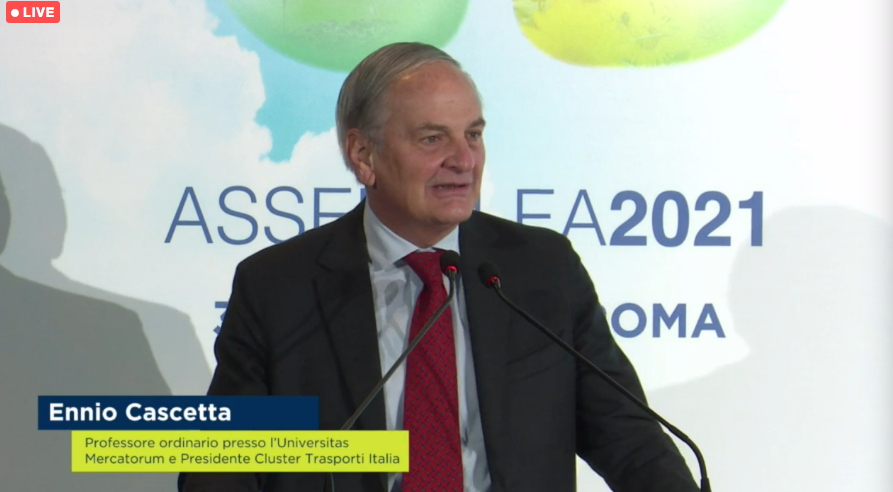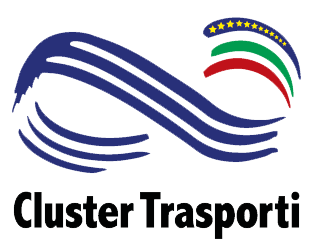Anita Assembly, Cascetta: “The technological innovations in progress can immediately help reduce emissions from freight transport”

Published 30 November 2021
Freight transport today is called upon to respond to the challenges defined by the ambitious European objectives for sustainability. This is the theme at the center of the speech by Ennio Cascetta – President of the Italian Transport Cluster and Professor of Infrastructure and Transport Systems at the Mercatorum University – during the assembly of the Anita association “REVOLUTION – Towards a new efficient and collaborative supply chain model”, in progress today in Rome. Unlike passenger transport, the freight sector today signals a significant recovery, also thanks to the great development of e-commerce, explained Cascetta. After the downturn in the midst of the pandemic, the most recent heavy traffic data on motorways points to growth of up to 6%. And the scenary presents structural changes in consumption patterns, with the e-commerce player abandoning its marginal role with growth rates, in the last year, of 26%. The Italian truck fleet represents 8% of all road vehicles: this share, however, produces 40% of total CO2 emissions. “The role that freight transport plays in greenhouse gas emissions is considerable – underlined Cascetta – but much can be done to reduce this impact, working on inefficiency also through technological innovation”.
The Seventh Transport Revolution
Today we are entering the seventh transport revolution, a phase characterized by three major directions:
- decarbonization
- autonomous and connected vehicles
- new mobility services (MaaS)
“The objectives linked to decarbonisation are well defined and ambitious – explained the president of the Cluster – but we do not know the way that will lead us to the finish line and we must do the best with what we have. When we take into account the CO2 emissions of a vehicle we cannot limit ourselves to the tank-wheel path, but we must also analyze the production process. For example, we cannot say that an electric vehicle produces zero emissions because in many countries coal is involved in the production of electricity. Different metrics affect the purchasing dynamics. Europe, on the other hand, sets limits considering only tank-to-wheel emissions “.
On the autonomous and connected driving front, new important milestones are on the horizon thanks to developments related to artificial intelligence and platooning. “The new generation trucks are practically spaceships – said Cascetta – the new technology on board will revolutionize driving”.
Finally, the new mobility services connected to digital platforms that offer more and more services to users, a technological dimension that is developing faster and faster for passengers but which does not see an equally significant growth for the freight sector, where it could make a difference favoring the meeting in real time of supply and demand.
“Logistics is not just a cost but can contribute to the creation of value through the strategic management of the relationship between supply and demand, – concluded Cascetta -. The inefficiencies of suppliers and customers undermine the economic sustainability of the business and therefore it is important to aim for the efficiency and sustainability of the entire supply chain. The technological innovations in progress can immediately help reduce emissions from freight transport “.


